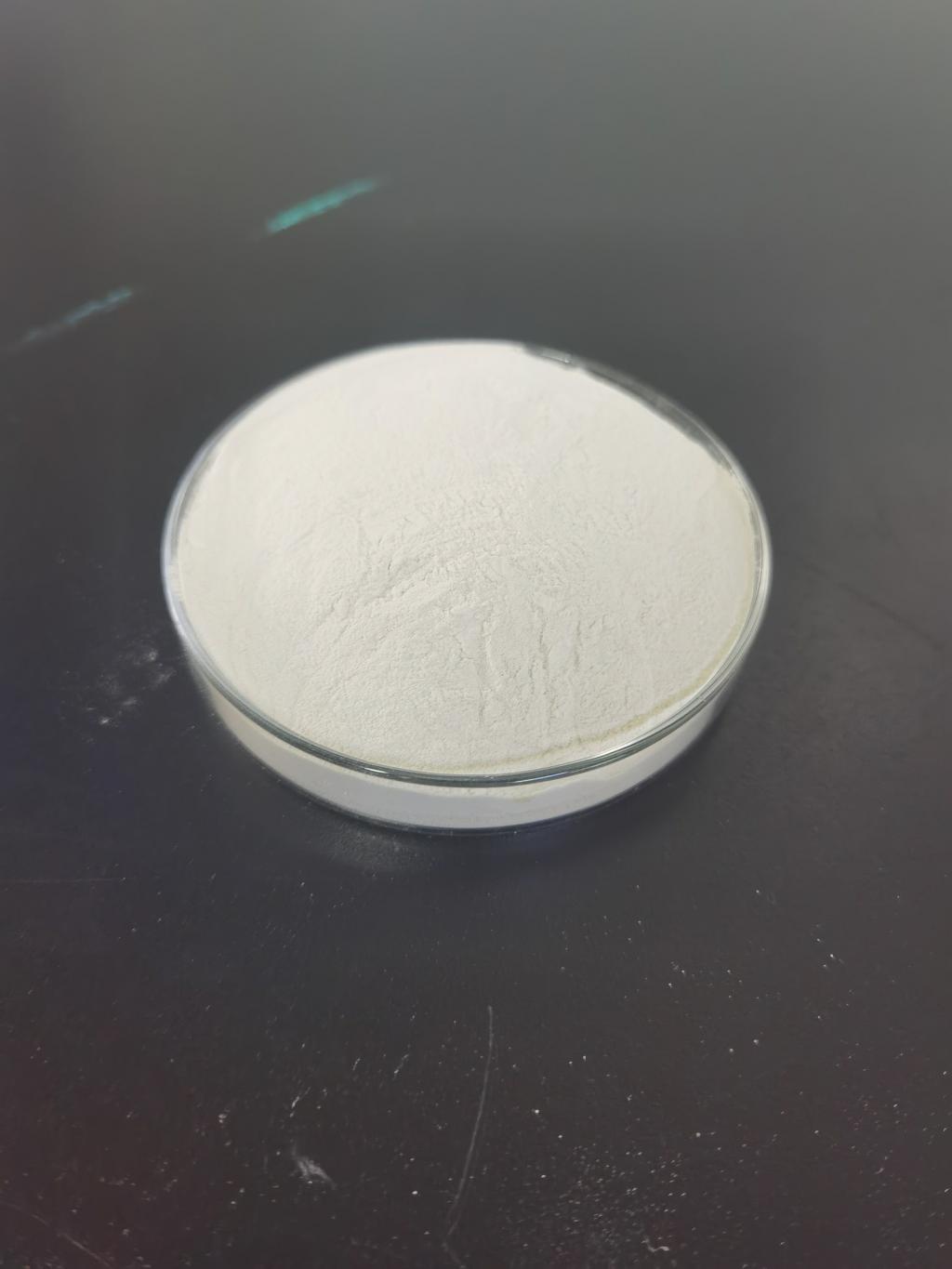Tel:+8618231198596

News
 CONTACT
CONTACT
 CONTACT
CONTACT
- Linkman:Linda Yao
- Tel: +8618231198596
- Email:linda.yao@dcpharma.cn
- Linkman:CHARLES.WANG
- Department:Overseas
- Tel: 0086 0311-85537378 0086 0311-85539701
News
Current Position:
Home >
News
>Nisin's Journey in the Regulatory Landscape: Navigating Approval and Compliance
Nisin's Journey in the Regulatory Landscape: Navigating Approval and Compliance
TIME:2024-01-25
Understanding Nisin:
Nisin is a naturally occurring antimicrobial agent that belongs to the class of lantibiotics. Produced by certain strains of bacteria, particularly Lactococcus lactis, it has been widely recognized for its effectiveness in controlling the growth of Gram-positive bacteria. Due to its antimicrobial properties, Nisin finds applications in food preservation, pharmaceuticals, and various other industries.
Regulatory Approval Process:
The regulatory approval process for substances like Nisin involves rigorous assessments to ensure their safety and efficacy. Regulatory agencies, such as the U.S. Food and Drug Administration (FDA) and the European Medicines Agency (EMA), play a pivotal role in evaluating the data submitted by manufacturers. This process typically includes:
a. Preclinical Studies: Initial studies are conducted to assess the safety and potential risks associated with Nisin. This involves laboratory experiments and animal testing to understand its pharmacological properties.
b. Clinical Trials: If deemed safe in preclinical studies, Nisin may progress to clinical trials. These trials involve human subjects and aim to establish the substance's safety, efficacy, and optimal dosage.
c. Regulatory Submission: The manufacturer submits a comprehensive dossier to the regulatory agency, including data from preclinical and clinical studies, manufacturing processes, and proposed labeling.
d. Regulatory Review: Regulatory agencies conduct a thorough review of the submitted data, and decisions are made based on the risk-benefit profile of Nisin. If approved, regulatory authorities issue marketing authorizations.
Compliance Requirements:
Once approved, the journey of Nisin doesn't end; it enters a phase of ongoing compliance. This phase involves adherence to regulatory requirements to ensure that the product continues to meet safety and quality standards. Key aspects of compliance include:
a. Good Manufacturing Practices (GMP): Manufacturers must adhere to GMP to ensure the consistent quality and safety of Nisin throughout the production process. This involves maintaining stringent standards in manufacturing facilities.
b. Labeling and Packaging: Compliance extends to the accurate and informative labeling of products containing Nisin. Clear and concise information regarding usage, dosage, and potential side effects is essential for consumer safety.
c. Post-Marketing Surveillance: Regulatory agencies conduct post-marketing surveillance to monitor the safety and performance of Nisin in real-world conditions. This involves collecting and analyzing data on adverse events and product efficacy.
d. Periodic Reporting: Manufacturers are often required to submit periodic reports to regulatory authorities, providing updates on the safety and efficacy of Nisin. This ensures that any emerging risks are promptly addressed.
Global Regulatory Landscape:
Navigating the regulatory landscape becomes even more complex when considering global markets. Different countries may have varying regulatory requirements, and manufacturers must navigate a maze of approvals and compliance standards to market Nisin internationally.
a. Harmonization Efforts: International harmonization initiatives aim to align regulatory standards across countries, simplifying the approval process for substances like Nisin. Harmonization facilitates smoother global market access.
b. Regional Variations: Despite harmonization efforts, manufacturers must remain vigilant to regional variations in regulatory requirements. Cultural, legal, and economic differences can impact the approval and compliance landscape.
Conclusion:
The journey of Nisin in the regulatory landscape is a multifaceted process that involves rigorous testing, scrutiny, and ongoing compliance efforts. From the initial stages of preclinical studies to post-marketing surveillance, manufacturers must navigate a complex web of regulations to bring this valuable antimicrobial peptide to market. As regulatory standards continue to evolve, staying abreast of changes and proactively addressing compliance requirements will remain essential for the success of Nisin and similar substances in the global marketplace.
- Tel:+8618231198596
- Whatsapp:18231198596
- Chat With Skype







